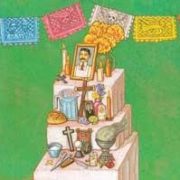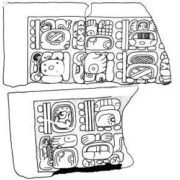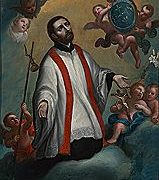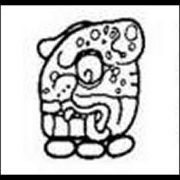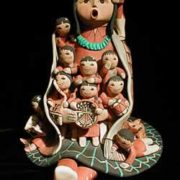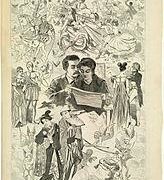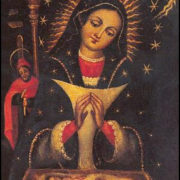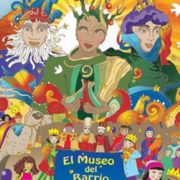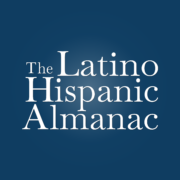Happy Mother’s Day in Panama
If you’re Panamanian, today’s the day to call the wonderful women in your life and wish them a Happy Mother’s Day. Mother’s Day is celebrated in Panama on December 8 of each year. The day commemorates the Catholic feast of the Immaculate Conception of Mary, the mother of Jesus Christ; the holy day was inaugurated by the Catholic Pope on December 8, 1854. Mother’s Day was legislated as officially occurring on December 8 in Panama in 1930, at the initiative of Panama’s then First Lady, Hercilia Arias Velásquez. (Tee Shirt Design from Tees.design)
Si eres panameño, hoy es el día para llamar a las maravillosas mujeres de tu vida y desearles un Feliz Día de la Madre. El Día de la Madre se celebra en Panamá el 8 de diciembre de cada año. El día conmemora la fiesta católica de la Inmaculada Concepción de María, la madre de Jesucristo; el día santo fue inaugurado por el Papa católico el 8 de diciembre de 1854. El Día de la Madre fue legislado como el 8 de diciembre de 1930 en Panamá, por iniciativa de la entonces Primera Dama de Panamá, Hercilia Arias Velásquez. (Diseño de camiseta de Tees.design < / a>)


